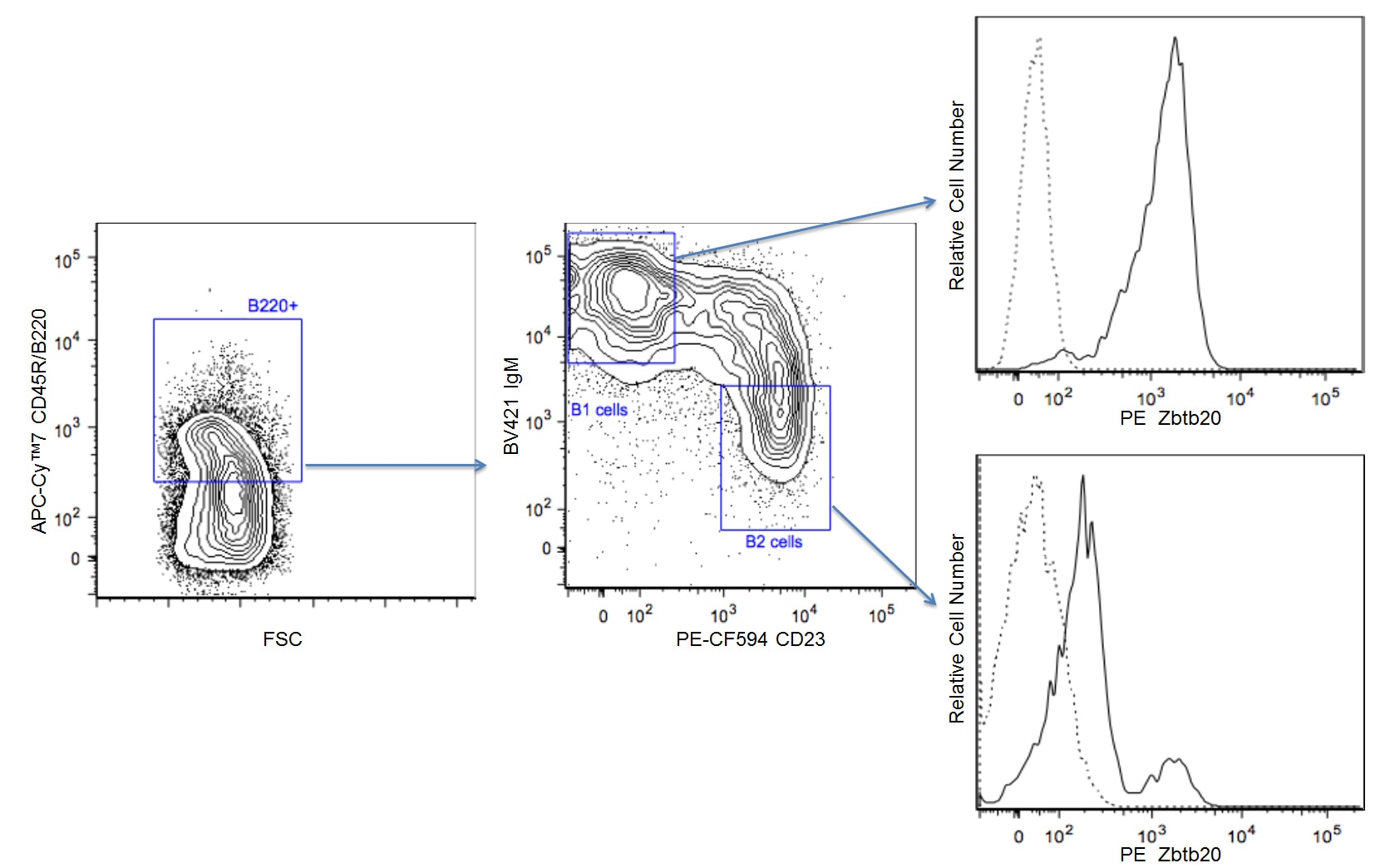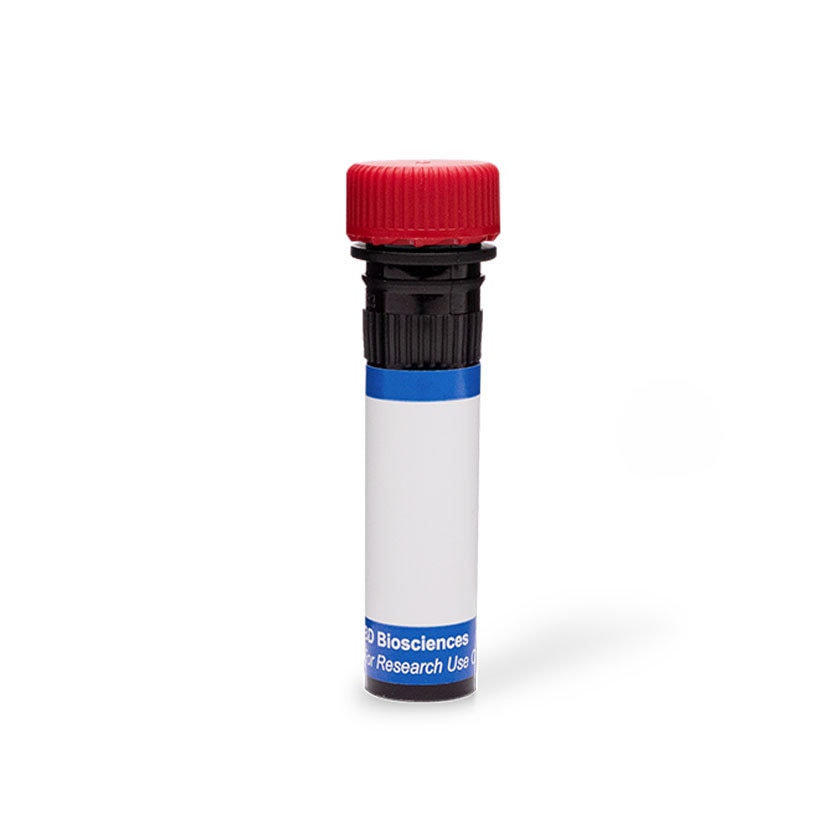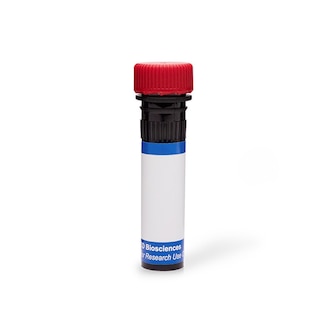-
抗体試薬
- フローサイトメトリー用試薬
-
ウェスタンブロッティング抗体試薬
- イムノアッセイ試薬
-
シングルセル試薬
- BD® AbSeq Assay
- BD Rhapsody™ Accessory Kits
- BD® OMICS-One Immune Profiler Protein Panel
- BD® Single-Cell Multiplexing Kit
- BD Rhapsody™ TCR/BCR Next Multiomic Assays
- BD Rhapsody™ Targeted mRNA Kits
- BD Rhapsody™ Whole Transcriptome Analysis (WTA) Amplification Kit
- BD® OMICS-Guard Sample Preservation Buffer
- BD Rhapsody™ ATAC-Seq Assays
- BD® OMICS-One Protein Panels
-
細胞機能評価のための試薬
-
顕微鏡・イメージング用試薬
-
細胞調製・分離試薬
-
- BD® AbSeq Assay
- BD Rhapsody™ Accessory Kits
- BD® OMICS-One Immune Profiler Protein Panel
- BD® Single-Cell Multiplexing Kit
- BD Rhapsody™ TCR/BCR Next Multiomic Assays
- BD Rhapsody™ Targeted mRNA Kits
- BD Rhapsody™ Whole Transcriptome Analysis (WTA) Amplification Kit
- BD® OMICS-Guard Sample Preservation Buffer
- BD Rhapsody™ ATAC-Seq Assays
- BD® OMICS-One Protein Panels
- Japan (Japanese)
-
Change country/language
Old Browser
Looks like you're visiting us from United States.
Would you like to stay on the current country site or be switched to your country?
BD Pharmingen™ PE Rat Anti-Mouse Zbtb20
クローン 4A3 (RUO)

Multicolor flow cytometric analysis of Zbtb20 expression in B1 or B2 subsets of mouse peritoneal B cells. Peritoneal cells were stained with APC-Cy™7 Rat Anti-Mouse CD45R/B220 (Cat. No. 552094), BD Horizon™ BV421 Rat Anti-Mouse IgM (Cat. No. 562595 ), and BD Horizon™ PE-CF594 Rat Anti-Mouse CD23 (Cat. No. 563986) antibodies. The cells were then washed, fixed, and permeabilized using the BD Pharmingen™ Transcription Factor Buffer Set (Cat. No. 562574/562725) and stained with either PE Rat IgG2a, κ Isotype Control (Cat. No. 554689; dashed line histograms) or PE Rat Anti-Mouse Zbtb20 antibody (Cat. No. 565454; solid line histograms). The fluorescence histograms showing Zbtb20 expression (or Ig Isotype control staining) were derived from either B220+ IgM+ CD23- (B1 cells; Top Right Plot) or B220+ IgM low CD23+ (B2 cells; Bottom Right Plot) gated events with the forward and side light-scatter characteristics of intact lymphocytes. Flow cytometric analysis was performed using a BD LSRFortessa™ Cell Analyzer System.


Multicolor flow cytometric analysis of Zbtb20 expression in B1 or B2 subsets of mouse peritoneal B cells. Peritoneal cells were stained with APC-Cy™7 Rat Anti-Mouse CD45R/B220 (Cat. No. 552094), BD Horizon™ BV421 Rat Anti-Mouse IgM (Cat. No. 562595 ), and BD Horizon™ PE-CF594 Rat Anti-Mouse CD23 (Cat. No. 563986) antibodies. The cells were then washed, fixed, and permeabilized using the BD Pharmingen™ Transcription Factor Buffer Set (Cat. No. 562574/562725) and stained with either PE Rat IgG2a, κ Isotype Control (Cat. No. 554689; dashed line histograms) or PE Rat Anti-Mouse Zbtb20 antibody (Cat. No. 565454; solid line histograms). The fluorescence histograms showing Zbtb20 expression (or Ig Isotype control staining) were derived from either B220+ IgM+ CD23- (B1 cells; Top Right Plot) or B220+ IgM low CD23+ (B2 cells; Bottom Right Plot) gated events with the forward and side light-scatter characteristics of intact lymphocytes. Flow cytometric analysis was performed using a BD LSRFortessa™ Cell Analyzer System.

Multicolor flow cytometric analysis of Zbtb20 expression in B1 or B2 subsets of mouse peritoneal B cells. Peritoneal cells were stained with APC-Cy™7 Rat Anti-Mouse CD45R/B220 (Cat. No. 552094), BD Horizon™ BV421 Rat Anti-Mouse IgM (Cat. No. 562595 ), and BD Horizon™ PE-CF594 Rat Anti-Mouse CD23 (Cat. No. 563986) antibodies. The cells were then washed, fixed, and permeabilized using the BD Pharmingen™ Transcription Factor Buffer Set (Cat. No. 562574/562725) and stained with either PE Rat IgG2a, κ Isotype Control (Cat. No. 554689; dashed line histograms) or PE Rat Anti-Mouse Zbtb20 antibody (Cat. No. 565454; solid line histograms). The fluorescence histograms showing Zbtb20 expression (or Ig Isotype control staining) were derived from either B220+ IgM+ CD23- (B1 cells; Top Right Plot) or B220+ IgM low CD23+ (B2 cells; Bottom Right Plot) gated events with the forward and side light-scatter characteristics of intact lymphocytes. Flow cytometric analysis was performed using a BD LSRFortessa™ Cell Analyzer System.


BD Pharmingen™ PE Rat Anti-Mouse Zbtb20

Regulatory Statusの凡例
Any use of products other than the permitted use without the express written authorization of Becton, Dickinson and Company is strictly prohibited.
Preparation and Storage
Product Notices
- Since applications vary, each investigator should titrate the reagent to obtain optimal results.
- An isotype control should be used at the same concentration as the antibody of interest.
- Caution: Sodium azide yields highly toxic hydrazoic acid under acidic conditions. Dilute azide compounds in running water before discarding to avoid accumulation of potentially explosive deposits in plumbing.
- For fluorochrome spectra and suitable instrument settings, please refer to our Multicolor Flow Cytometry web page at www.bdbiosciences.com/colors.
- Cy is a trademark of GE Healthcare.
- Please refer to www.bdbiosciences.com/us/s/resources for technical protocols.
関連製品






The 4A3 monoclonal antibody specifically binds to Zinc finger and BTB domain containing 20 (Zbtb20). This transcription factor is also known as Zinc finger protein 288 (Zfp288), BTB/POZ domain zinc finger factor HOF, BTB/POZ zinc finger protein DPZF, or POZ/zinc finger transcription factor ODA-8. Zbtb20 is a transcription factor that localizes to the nucleus and contains one BTB/POZ domain and 5 C2H2-type zinc fingers. Mouse ZBTB20 is expressed in thymus, spleen, lymph node, peritoneal cells and fetal liver. It is highly expressed in B1 and germinal center B cells, and long-lived antibody-secreting plasma cells. In cell lines, Zbtb20 is expressed at low levels in the immature WEHI231 and the mature 129B cell lines but at high levels in A20 cells, a germinal center B cell lymphoma. This transcription factor reportedly plays key roles in hematopoiesis, immunity, and oncogenesis.

Development References (2)
-
Chevrier S, Emslie D, Shi W, et al. The BTB-ZF transcription factor Zbtb20 is driven by Irf4 to promote plasma cell differentiation and longevity. J Exp Med. 2014; 211(5):827-840. (Immunogen: Flow cytometry, Western blot). View Reference
-
Xie Z, Ma X, Ji W, et al. Zbtb20 is essential for the specification of CA1 field identity in the developing hippocampus. Proc Natl Acad Sci U S A. 2010; 107(14):6510-6515. (Biology). View Reference
Please refer to Support Documents for Quality Certificates
Global - Refer to manufacturer's instructions for use and related User Manuals and Technical data sheets before using this products as described
Comparisons, where applicable, are made against older BD Technology, manual methods or are general performance claims. Comparisons are not made against non-BD technologies, unless otherwise noted.
For Research Use Only. Not for use in diagnostic or therapeutic procedures.